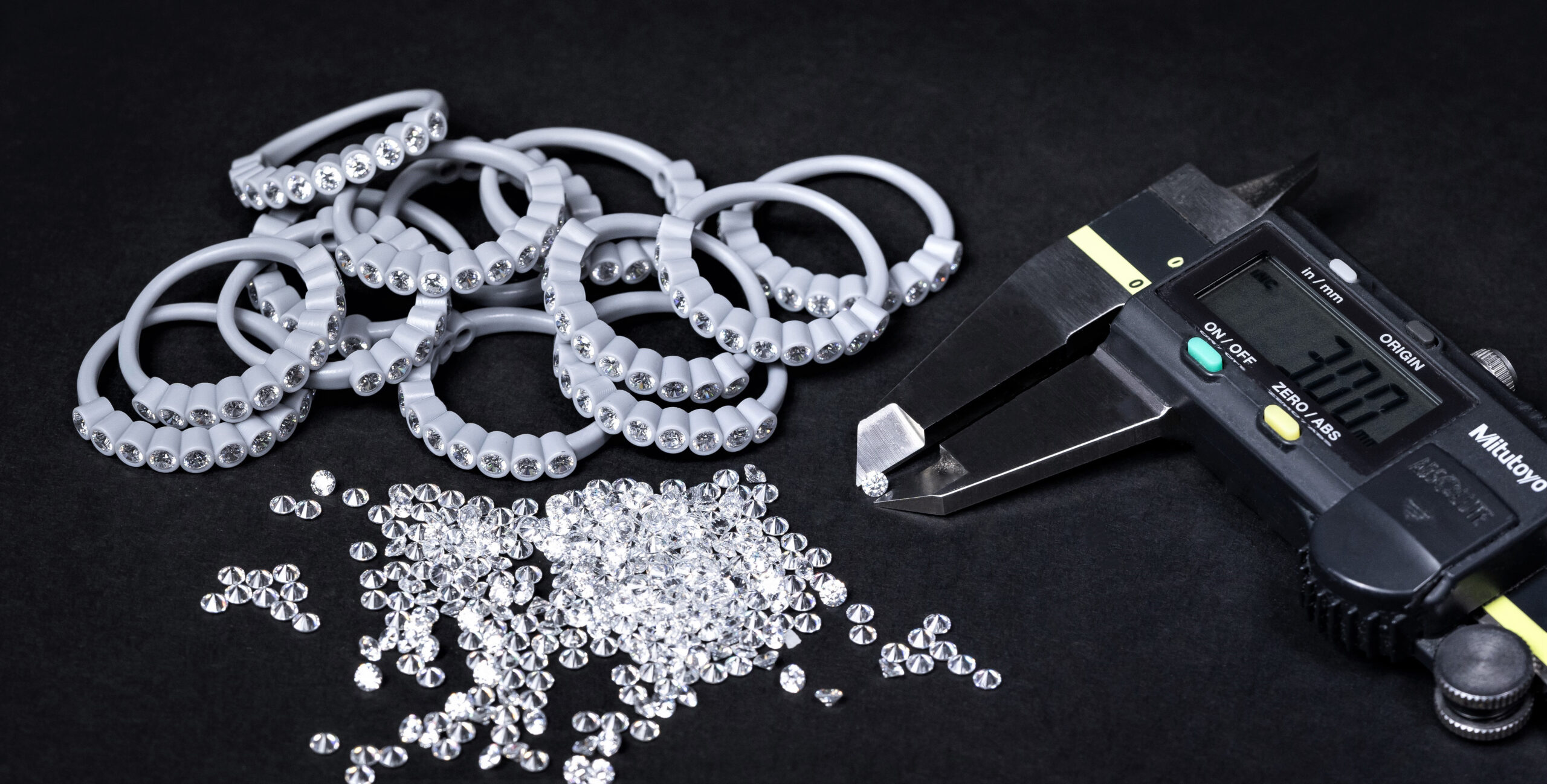KALLISTO, an integrator of 3D digital solutions for jewellery and health professionals, will present 3D Systems’ Figure 4 at the 2022 EPHJ Show.
Figure 4 is an affordable and versatile solution for manufacturing functional 3D parts in small runs and same-day prototyping.
It is available in multiple versions to meet the differing needs of precision mechanics, jewellery and healthcare professionals.

Figure 4 Jewelry can create ready-to-cast or mould prints in just hours. Jewellers can use it to get their jewellery to market faster and to respond quickly to orders for custom jewellery or small production runs, all while lowering the per-unit cost.
This printer can produce jewellery templates for direct foundry, master templates for moulds and prototypes, and can also be used to check jewellery adjustments.
Featuring Figure 4™ technology, the NextDent 5100 printer facilitates high-speed 3D printing of dental appliances and sacrificial casts. The value proposition of this revolutionary solution sets the industry standard, delivering best-in-class speed and performance at a price that is accessible to virtually every laboratory and clinic.

With its wide range of certified and biocompatible dental materials, state-of-the-art printing technology and compatibility with leading dental software, this solution is transforming dental workflows, enabling dental labs and clinics to produce impression trays, templates, surgical guides, dentures, orthodontic splints, crowns and bridges at higher speeds, accuracy levels and yields, while benefiting from low costs.
Powered by contactless membrane technology, the Figure 4 Standalone printer combines quality and precision with Six Sigma repeatability, exceptional surface finish, fine detail, and industrial-grade service and support.
Thanks to the diversity of its materials, you can use the same printer for multiple operations: rapid iteration, functional prototyping, design verification, production of end-use parts for short runs and spare parts, digital texturing, complex and/or precise tooling, fixing and mounting devices, and medical applications requiring biocompatibility and/or sterilisation.
DLP (digital light processing) is a technology first developed in 1987 by Larry Hornbeck at Texas Instruments who used it to manufacture DLP chips, which are used in the production of projectors and applicable in mobile phones and even 3D printing.
Hideo Kodama at Nagoya Municipal Industrial Research Institute was the first to publish a report on a solid 3D object printed using DLP technology.
In other words, DLP is an additive manufacturing process that differs from stereolithography (SLA), which takes a model created in 3D modelling software and uses DLP technology to print a 3D object.
